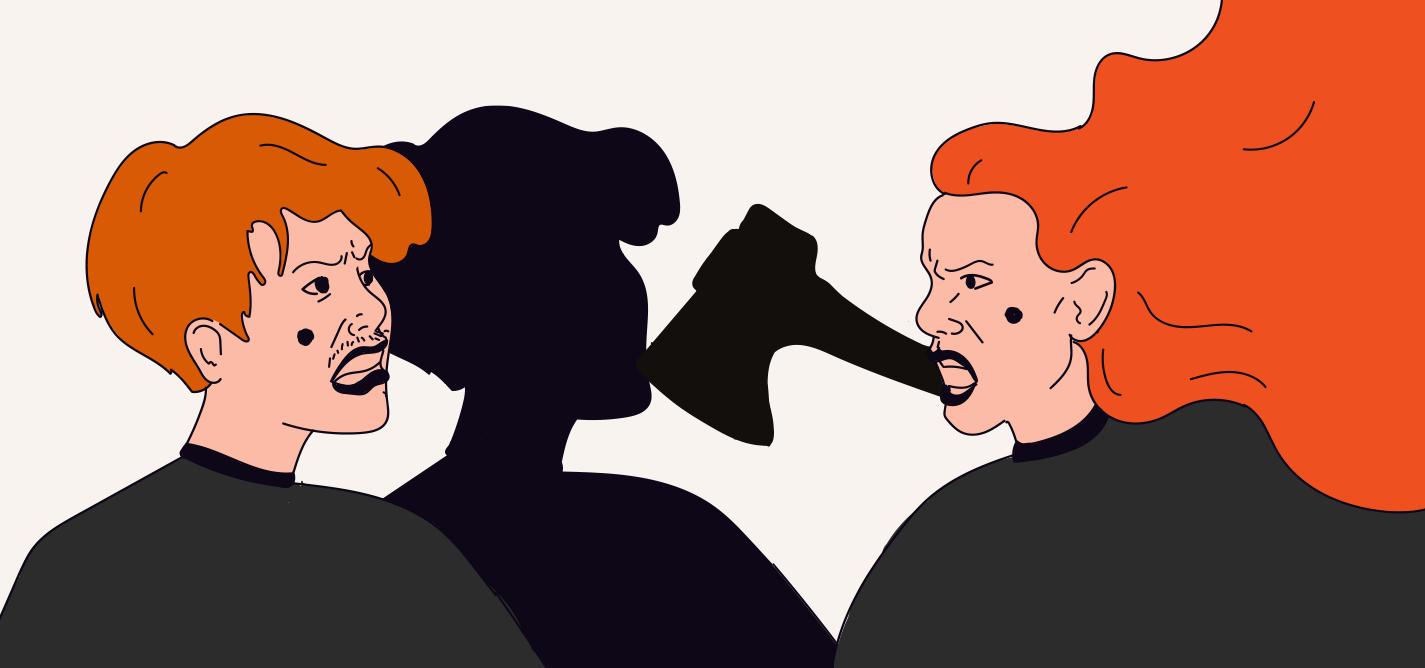
How do we judge women who kill their abusive partners?
Intimate partner homicide as public debate.
|2020.12.07
|
This passive-aggressive questioning would deepen his rage further against her. Now she will serve more than a decade in prison and is adjusting to a harsh reality, to yet another “home.”
The entitlement men feel toward their wives’ bodies is the entitlement they feel in taking away their lives.

Shqipe Gjocaj
Shqipe Gjocaj is a feminist activist, gender specialist, and an independent journalist. She is a regular contributor to Prishtina Insight where she writes on gender issues and human rights. Her articles have also been published in Kosovo2.0, sbunker, and Reuters. Shqipe Gjocaj works with non-governmental organizations on projects related to the same issues. In 2017, she took part in the Balkan Fellowship for Journalistic Excellence. Shqipe is a K2.0 Human Rights Journalism Fellowship program fellow (2019 cycle).
DISCLAIMERThe views of the writer do not necessarily reflect the views of Kosovo 2.0.
This story was originally written in English.